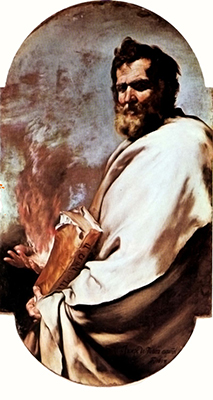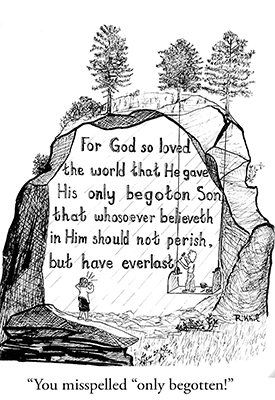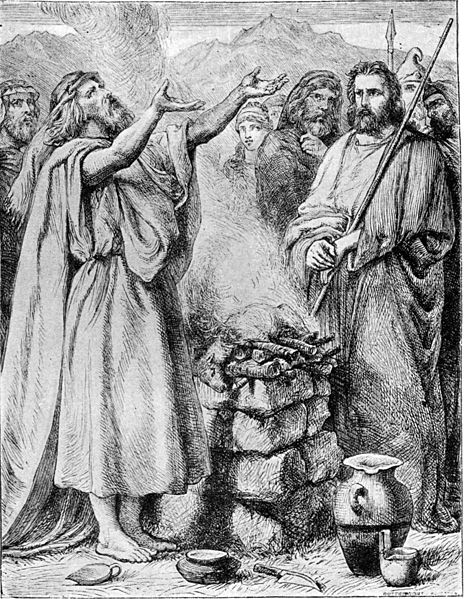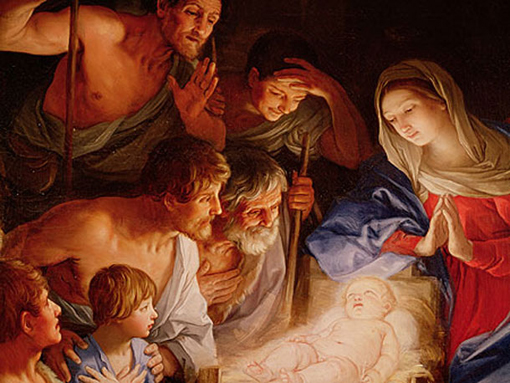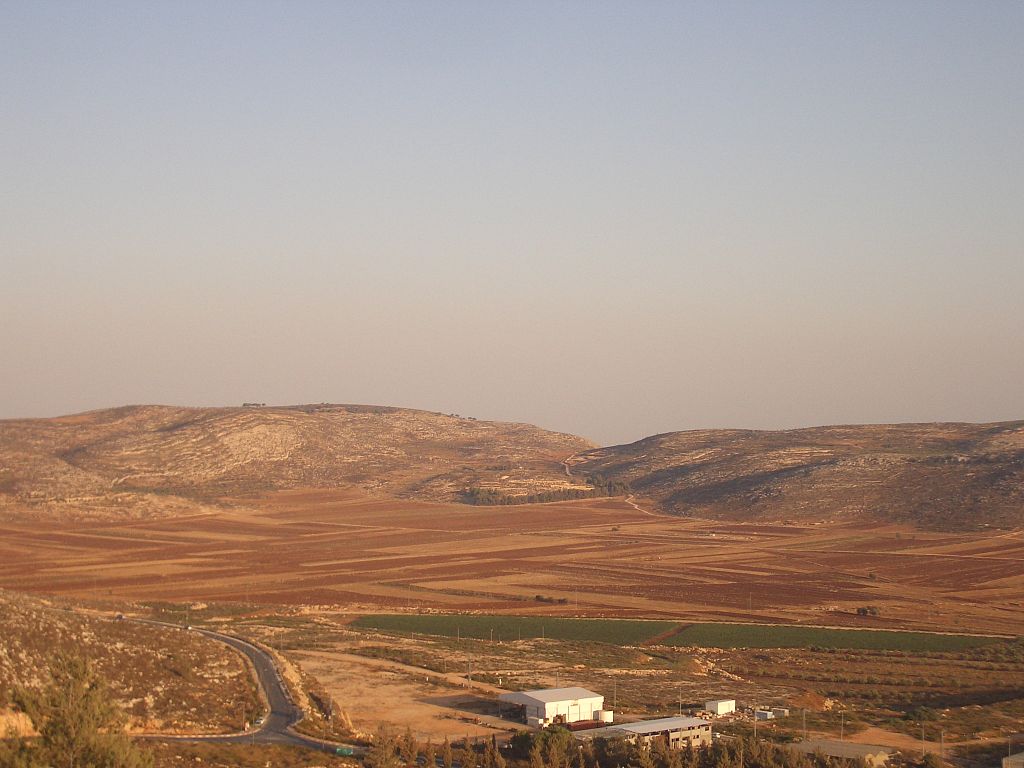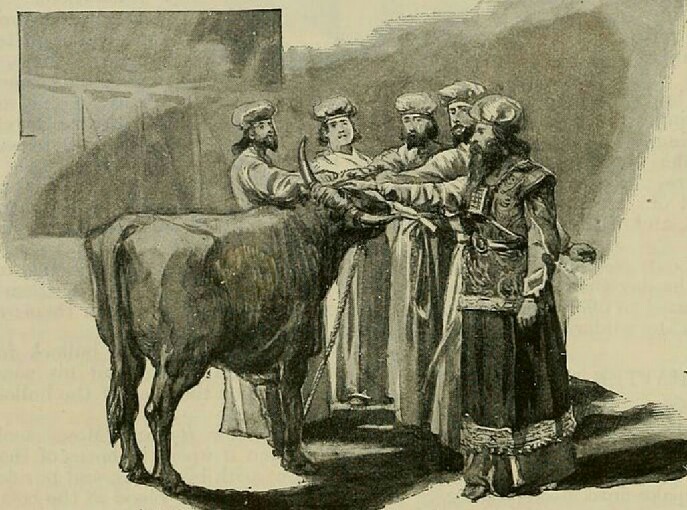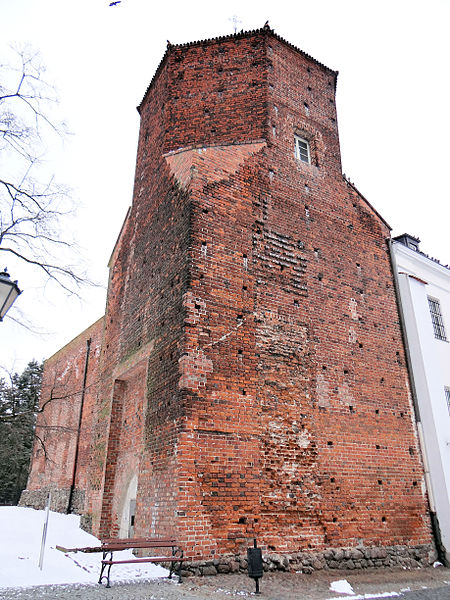I am the Alpha and the Omega, the Beginning and the End, the First and the Last.
Revelation 22:13*
It’s not a coincidence that Jesus Christ calls Himself the First and the Last in both the first and last chapters of Revelation. He is there when things begin to exist and when things are all played out. As Creator He made the physical worlds and started the clock ticking for the universe. As Consuming Fire, He will melt the elements and be present when time is no more.
These are bold statements which no one but God can claim for Himself. This title claimed by the Savior is just one more proof of the deity of Christ. It is surprisingly easy to present this argument to any false religious witness that is in denial that Jesus is actually God manifest in the flesh.
Isaiah 44:6 states, “Thus says the LORD, the King of Israel, and his Redeemer, the LORD of hosts: ‘I am the First and I am the Last; Besides Me there is no God.” When the name LORD appears written in all caps, the reference is to Jehovah God. He claims to be the First and the Last and besides Him there is no God. This claim is repeated twice more in Isaiah (Isaiah 41:4; 48:12).
Logic makes clear that there can’t be two firsts and two lasts. One would have to yield to the other which leads to only one of three possible explanations for interpreting these scriptures:
1.The Bible contradicts itself.
2. Either Jehovah or Jesus is lying.
3. Jehovah and Jesus are different names for the same person.
Since explanations 1 and 2 are obviously wrong, we are left with a pretty clear proof of the deity of Christ. There can only be One who is both the First and the Last.
*See also Revelation 1:11
December 31

